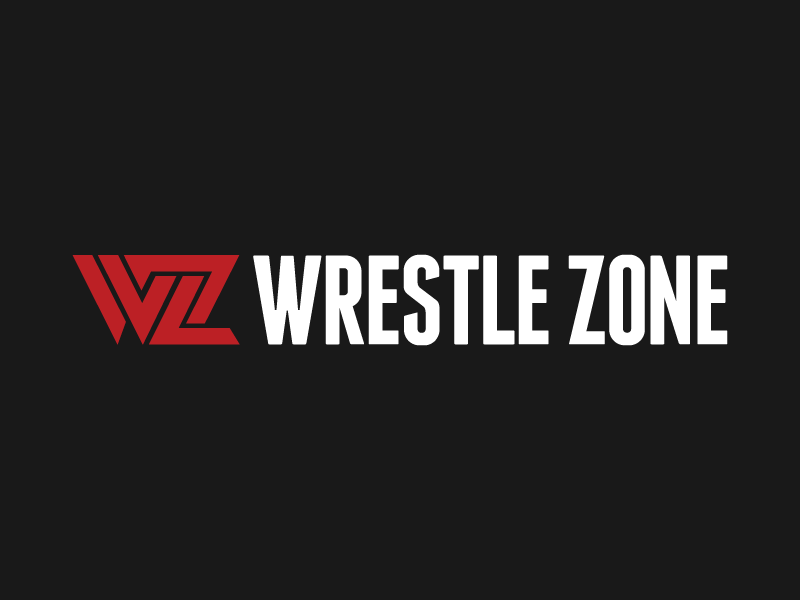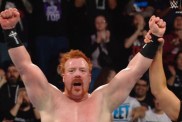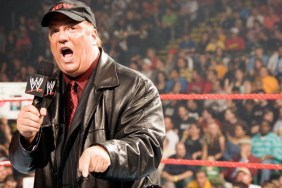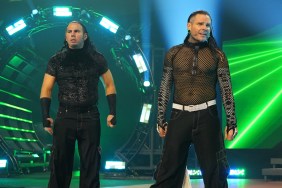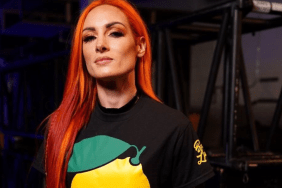The meek have indeed inherited the Earth. The most powerful men in the world are post-middle-aged overweight fat cats; the richest man in the world spent the majority of his education in a locker. All the while men across the world are heeding style advice from five gay men. Survival of fittest appears to be a distant memory. The sculpted statuesque brutes once revered have been replaced, for what seem like good. In a world of malnutritioned computer moguls and obese stock market tycoons, there still remains a place where the titans thrive and little men are still afterthoughts, the wrestling ring.
The wrestling ring is home to stars ranging from over seven-foot behemoths to lithe cruiserweights, each having their own distinct brand of competition. Although said wrestlers receive most of the spotlight, there are stars, much smaller in stature, that have played a pivotal role in professional wrestling over the decades. Midgets.
Teetering on the edge of political correctness, midgets have always been a tender topic for anyone to discuss. Minis. Dwarves. Vertically challenged. A myriad of terms have been created to subdue some of the fire the hot topic incurs. Strangely, the said heat of political correctness has never followed with the midgets into the wrestling ring. Midgets throughout history have played major roles in wrestling feuds, angles and Wrestlemania matches.
Midget wrestling began in the 1940s, introduced as a gimmick in the sideshow alleys of wandering carnivals. Carnivals during the time, used prowrestling whenever audience attendance began to dwindle, but as the audience’s taste for the wonderfully bizarre grew, demanding more peculiar and exotic performances, two men didn’t satisfy. Women’s wrestling was then introduced, but it too grew stale, so midgets were brought in to fulfill the audience’s obsession for the abnormal.
In the following decades, midget wrestling diminished as sports entertainment made the transition away from the vaudeville to the household television screen. Surfacing sporadically in independent promotions, getting packed away in a dusty corner of the wrestling wardrobe. Remembered as an embarrassing coming of age phase. But midget wrestling made its mainstream return on the biggest stage of them all, Wrestlemania III. A six mixed-man tag match, the climax to the escalating animosity between King Kong Bundy and Hillbilly Jim. In Jim’s corner, Little Beaver and The Haiti Kid, in Bundy’s, Little Tokyo and Lord Littlebrook, all regarded as the upper crust of midget wrestling talent. The match was used as a contrast to the epic and overwhelming tone of the pay-per-view. Used in a similar way that midget wrestling had been used some forty years previous, to keep the fans entertained. The match concluded with Bundy rather comically flattening one of the tiny opposition.
Since then midgets have only made brief cameo appearances in the WWE and other promotions. Appearing only as comic relief sidekicks to the stars, or a fresh element of ridicule in feuds. The use of midgets was fuelled by the WWE’s co-promotional deal with the Mexican promotion AAA, who had a healthy supply of such talent. Interestingly, the 15-minute gap in In You House: Badd Blood, a result of Brian Pillmans death, was filled by a spontaneous segment featuring a midget. Over years midget wrestling has remained an impulsive and unexpected yet rare feature of mainstream wrestling.
Only recently has a midget wrestling resurgence been seen in the independent promotions. Hardcore midget wrestling, the descendent of classic midget bouts, is now common in promotions across the USA and Mexico, met with much applause and delight. Arenas filling with guilty belly laughs as a midget walks around inside an upsidedown trash can only his legs visible. All the more amusing because deep down, the audience know that they probably shouldn’t be laughing.
The question that midget wrestling has always proposed is whether or not it is degrading to the performers. The question is understandable; the performers are used as comic relief, the humour being a miniature person being brutalized. Midget matches revolve on the concept of the deformation of the stars being exploited as novelty, the stars themselves, on the surface, don’t seem to be afforded much respect. The truth is actually on the contrary. Little Beaver, a participant in the Wrestlemania III midget match, was inducted in the Professional Wrestling Hall of Fame in 2003. This gesture went far to suggest the respect held for all small performers, admiring them for the original entertainment they brought to the ring, expressing this respect on a public stage for all to see. Showing that every star plays a crucial role in the mechanics of the whole company, no matter how small.
An addition to the professional wrestling scene that elevated the status of midget wrestlers was the Midget World Title. Prominently fought over during the 60s and 70s, and held by popular midget talent such as, Little Tokyo, Lord Littlebrook and Sky Low Low. Although it faded with the trend of midget wrestling going into the 90s, it still remains a testament of midget wrestling’s brief escape from the sideshow alley, recognizing the competitors as just that, competitors. It has since disappeared, its last defense hazy, but the history itself and the knowledge that once people felt that midgets deserved a worldwide division of their, demonstrates the peak of midget popularity.
Regardless of the glory incurred, the respect, and the titles, is it still morally ‘fair’ to use someone else’s difference as a point of comedy? It comes down to the performers view of the situation. Six months ago, a law was passed banning the abuse of midgets in film. Following the morality based decision, midgets protested, complaining of their unemployment since the passing of the law. Their unique take on slapstick had become their primary source of income, they developed a dependency on this left of centre entertainment. This, combined with the seemingly endless supply of midgets willing to compete in the ring, suggests that such entertainment has become a viable source of income for them. Especially since, only very few can offer the same variety of entertainment. Their comic relief is no more derogatory than a Three Stooges episode. It’s said one of the most admirable virtues of a person is the ability to laugh at themselves, a virtue midget wrestlers have in copious amounts.
In fact, midgets may be what is missing from contemporary professional wrestling. Comic relief once found in abundance during the early nineties has gradually been replaced in favour of shock value. Sex, blood, and obvious innuendo have spoilt the appealing childhood innocence the WWE once had. With this disappearance of light-hearted entertainment, so too went the family-oriented tone of the sport. Midget wrestling was an accessible, multi level form of humour, which anyone could enjoy, regardless of age. Undoubtedly, the use of midgets contributed to the overall atmosphere of the light family-aimed product of the late eighties early nineties, regardless of how distasteful it may seem to the modern eye.
Midget wrestling is the guilty pleasure of sports entertainment industry. Offering a welcome escape from the monotonous repetition of the same storylines and the same faces we’ve come to expect, while also lightening the mood of the product, something that often gets lost in a tangle storylines and forgetting simply to have fun. From carnival to canvas, midgets still give the viewers the entertainment and curiosity that they gave to fans some sixty years ago.
If you’d like to contact me for a question or feedback, my email is, TheButchershopColumn@hotmail.com.
Over and Out
The Butcher
